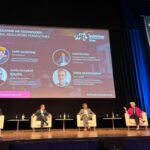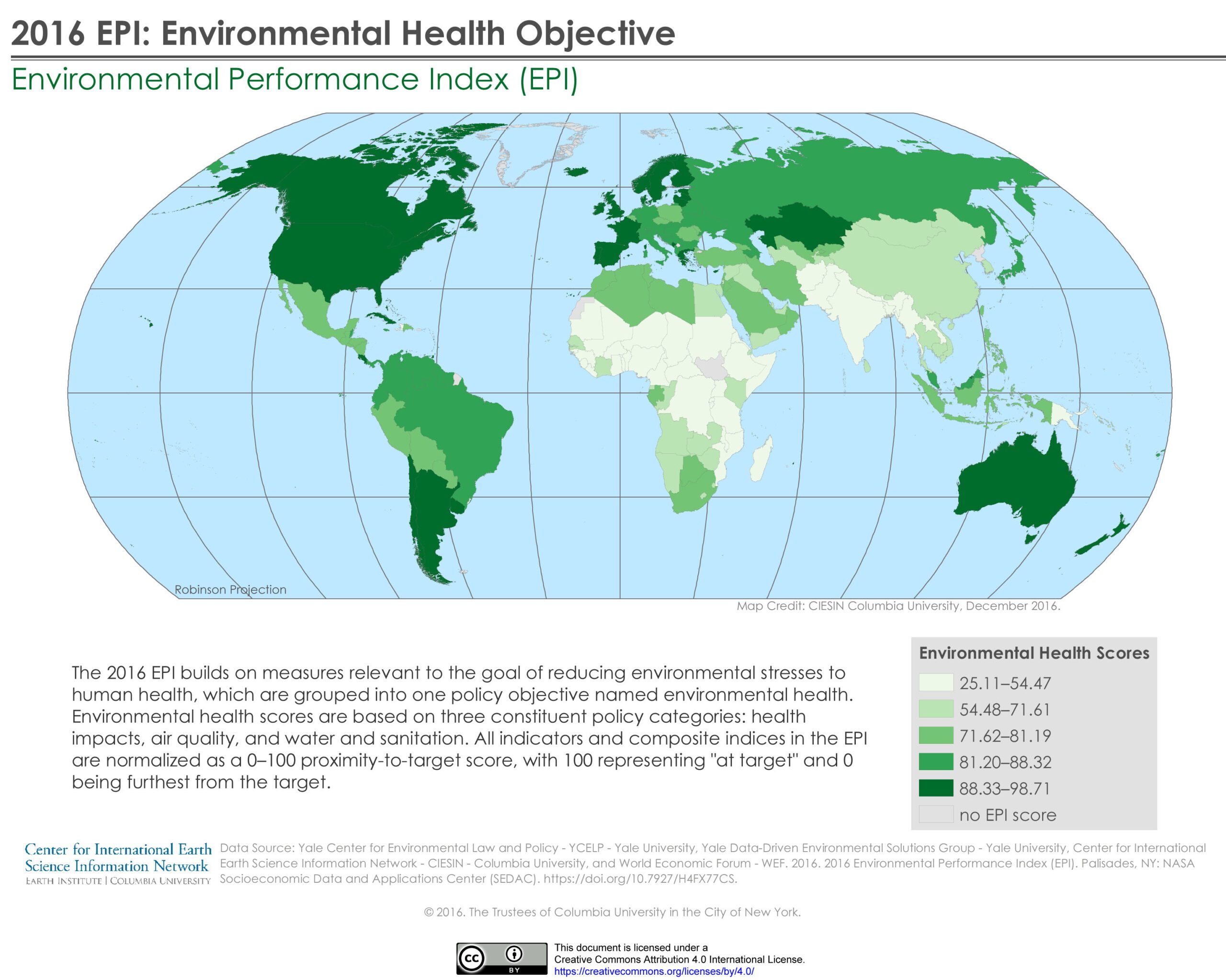In a world where change is the only constant, organizations often find themselves navigating uncharted waters when faced with the inevitable challenges of redundancy. As businesses grapple with tough decisions to remain agile and remain competitive, a critical concern emerges: how do we measure employee engagement in the aftermath of downsizing?
With jobs lost and teams realigned, the traditional approaches to assessing employee engagement may no longer suffice. The dynamic landscape demands innovative tools and metrics that capture the true pulse of a workforce that’s undergone significant change. In this article, we delve into the realm of measuring engagement in the post-redundancy era, exploring a range of creative solutions designed to help organizations gauge the emotional connection, commitment, and motivation of their employees during these challenging times. Join us as we dive into the depths of cutting-edge methodologies and discover the invaluable insights they can offer in deciphering the enigma of post-redundancy employee engagement.
1. Unlocking the Pulse: Innovative Approaches to Gauge Employee Engagement in the Wake of Redundancy
In today’s rapidly changing work landscape, employee engagement has become more crucial than ever. The recent wave of redundancies has left many organizations grappling with how to gauge and manage the engagement of their remaining workforce. It is essential for companies to adopt innovative approaches to unlock the pulse of their employees and ensure productivity, motivation, and job satisfaction.
Here are some groundbreaking strategies that can revolutionize the way companies measure and improve employee engagement in the aftermath of redundancy:
- Real-time feedback platforms: Implementing digital tools that allow employees to provide instant feedback, suggestions, and concerns can significantly enhance engagement. By creating a structured feedback loop, organizations can gather valuable insights, address issues promptly, and foster a sense of inclusivity.
- Data-driven analytics: Harnessing the power of data analytics offers unprecedented opportunities to examine employee engagement quantitatively. By aggregating and analyzing various data points, such as surveys, performance metrics, and social interactions, companies can identify trends, anomalies, and areas for improvement.
- Flexible working arrangements: Redundancies often lead to increased workloads and decreased morale. Offering flexible working arrangements, such as remote work, compressed workweeks, or job-sharing, can provide relief and empower employees to achieve a better work-life balance.
2. Beyond the Headcount: Exploring Dynamic Tools and Metrics for Evaluating Employee Engagement Post-Redundancy
Embracing a holistic approach post-redundancy is crucial to effectively evaluate employee engagement. It goes beyond simply counting heads and focuses on understanding the underlying psychological factors that drive motivation and commitment in a downsized workforce. By exploring dynamic tools and metrics, organizations can gain valuable insights into the overall well-being and satisfaction of their remaining employees, ultimately fostering a resilient and engaged workforce.
One effective tool to assess employee engagement is through pulse surveys. These short, regular surveys aim to capture a quick snapshot of the workforce sentiment. Implementing pulse surveys allows companies to gather real-time data on employee morale, job satisfaction, and their perception of how the redundancy process has impacted their level of commitment. Availing of technology-driven platforms suited for pulse surveys can facilitate anonymity and encourage honest responses. By constantly monitoring these pulse surveys, organizations gain a deeper understanding of employee needs and concerns, enabling them to proactively address potential issues and boost engagement levels.
3. Transforming Uncertainty into Opportunity: Unleashing Employee Potential through Cutting-Edge Measurement Techniques
Employee potential is a valuable but often untapped resource within organizations. With the right techniques, organizations can transform uncertainty into opportunity, unleashing their employees’ full potential. This post explores cutting-edge measurement techniques that can help organizations achieve this transformation.
One powerful technique is 360-degree feedback. This method involves gathering feedback on an employee’s performance from various sources, including supervisors, peers, and even subordinates. This comprehensive feedback provides a well-rounded view of an employee’s strengths and areas for improvement. By leveraging 360-degree feedback, organizations can identify and address blind spots, accelerate personal growth, and foster a culture of continuous improvement.
- Obtain valuable insights from multiple perspectives
- Identify areas for development and improvement
- Enhance self-awareness and personal growth
- Promote a culture of open feedback and transparency
Another cutting-edge technique is gamification of performance. By incorporating elements of gamification, such as rewards, challenges, and leaderboards, organizations can ignite employees’ competitive spirit and enhance their engagement. This approach fosters a sense of purpose and satisfaction, as employees strive to achieve goals and unlock rewards. Gamification not only motivates employees but also provides valuable data on performance and productivity, enabling organizations to identify top performers and areas requiring improvement.
- Boost motivation and engagement
- Drive healthy competition and teamwork
- Improve performance tracking and analytics
- Recognize and reward top performers
By leveraging these cutting-edge measurement techniques, organizations can unlock the hidden potential of their employees and turn uncertainty into endless opportunities for growth and success.
4. From Fallout to Flourishing: Revolutionizing Employee Engagement Measurement in a Post-Redundancy Landscape
In the aftermath of a turbulent period of layoffs, companies are now faced with the daunting task of rebuilding their workforce and rejuvenating employee engagement. As firms adapt to a post-redundancy landscape, the need for innovative approaches to measure employee engagement has become paramount. This post delves into the transformative journey from the fallout of redundancies to establishing a thriving work environment, exploring how businesses can revolutionize their measurement techniques to ensure lasting employee satisfaction and productivity.
1. **Adopting Holistic Assessment Methods:** Traditional methods of measuring employee engagement often fall short, focusing solely on superficial factors. In the new era, employers should embrace a holistic approach that takes into account not only job satisfaction and loyalty but also factors like work-life balance, mental health support, and career development opportunities. By widening the scope of assessment, employers can gain deeper insights into their employees’ holistic well-being.
2. **Leveraging Technology for Real-time Measurement:** In the fast-paced post-redundancy landscape, real-time measurement is key to identify and address concerns promptly. The integration of technology, such as mobile apps and survey platforms, can enable employers to capture instant feedback, track trends, and make data-driven decisions. This tech-driven measurement approach allows for swift interventions, ensuring a proactive response to employee needs and fostering a culture of continuous improvement.
In a world that constantly evolves, change is an inevitable companion for both companies and their employees. Redundancies, though challenging, can present an opportunity for growth and transformation. While organizations may be equipped with necessary tools and metrics to measure their success, assessing the impact of redundancy on employee engagement requires a more human touch.
As we delved into the realm of measuring engagement post-redundancy, we explored an array of tools that went beyond mere numbers and statistics. These innovative approaches revealed new possibilities for understanding the intricate nuances of employee experiences during times of transition.
From sentiment analysis tools that deciphered emotional reactions to surveys that provided an outlet for employee voices, we embraced a holistic examination of engagement. Our journey revealed that metrics alone cannot capture the entire story—rather, they served as a compass guiding us towards a deeper understanding.
Through our exploration, we discovered that investing in communication channels and transparent feedback loops played a pivotal role in salvaging trust and fostering engagement amidst redundancies. Employees found solace in being heard, reassured by the knowledge that their contributions mattered beyond moments of uncertainty.
Beyond traditional metrics, creating space for dialogue, empathy, and support emerged as powerful indicators of engagement. The implementation of mentorship programs and coaching sessions provided a lifeline for individuals adjusting to their new professional landscapes. By fostering a sense of purpose and direction, organizations could empower their employees, ensuring their potential continued to flourish.
In the face of redundancy, resilience was not a mere buzzword but rather a quality that defined our human spirit. As we measured engagement, we recognized that building a supportive community was essential. Engendering an environment where individuals thrived not despite the challenges but because of them became our goal.
In conclusion, as organizations navigate the tumultuous waters of redundancy, it is imperative to go beyond traditional metrics and embrace the multifaceted nature of employee engagement. By combining numerical data with compassionate understanding, we challenged our preconceived notions and arrived at a more comprehensive understanding of what it truly means to measure engagement in times of change.
As we move forward, let us remember that behind every statistical figure lies a human story waiting to be understood. And it is only by embracing this humanizing approach that we can create workplaces that not only survive but thrive in the face of adversity.







